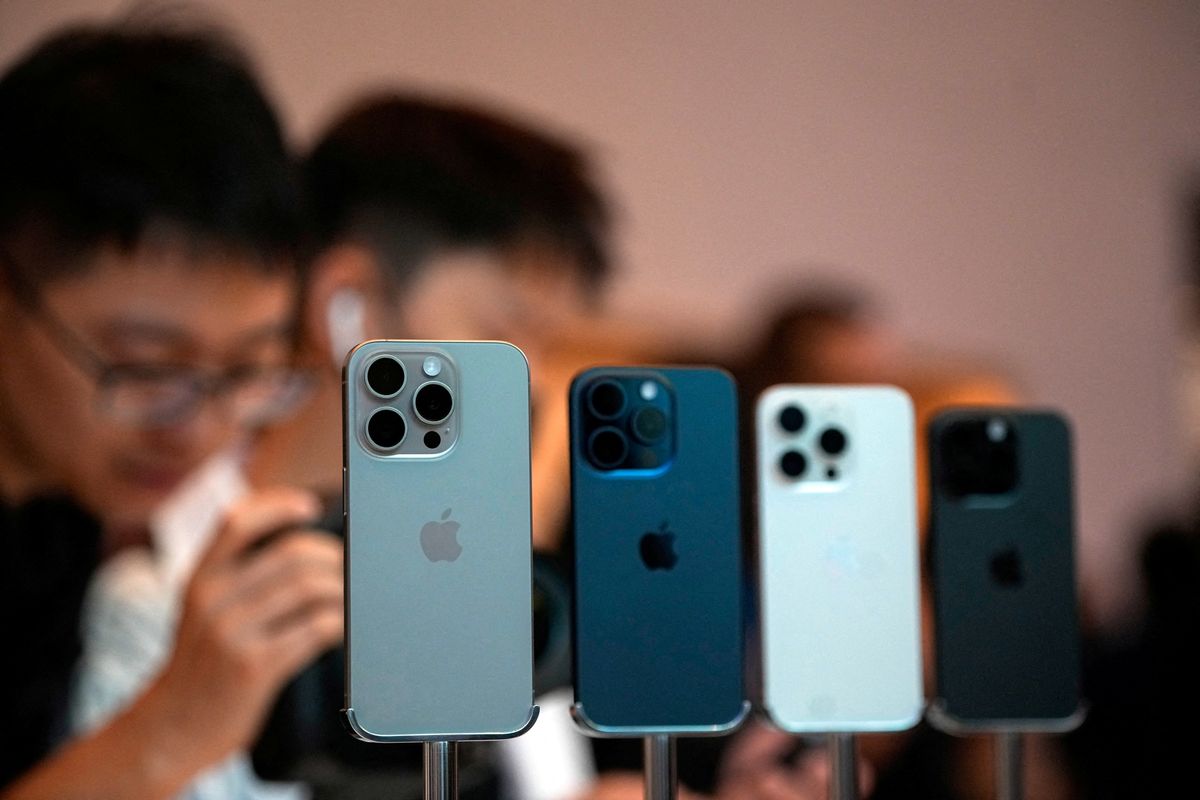The controversy behind Apple’s iMessage bubble colors
The strange divide between Apple and Android users is most apparent when it comes to text messaging – or when it comes to iMessaging and the colors of the message bubbles.

A few minutes every morning is all you need.
Stay up to date on the world's Headlines and Human Stories. It's fun, it's factual, it's fluff-free.
The strange divide between Apple and Android users is most apparent when it comes to text messaging – or when it comes to iMessaging and the colors of the message bubbles. If you use an iPhone or Mac to message your friends and family, then seeing your message bubbles pop up as green instead of blue changes the vibe. This is what happens when someone using iMessage texts someone who isn’t. Meanwhile, when two iMessage users text, the text bubble appears blue. If just one user in a group chat isn’t using iMessage, then the whole chat becomes green.
What’s up with all of that?
This has been a recurring problem for people since 2011 when Apple first introduced iMessage. The message bubble color fiasco eventually led to Samsung creating an anti-bullying campaign by generating GIFs to defend kids being bullied for having green text bubbles. Other issues also come from iMessage’s incompatible platform with other messaging apps/technologies. For instance, emojis meant to signify the same thing often look different. As other messaging platforms are switching from SMS to RCS (rich communication services), Apple refuses to implement it – and it won’t let other devices use iMessage.
During a legal battle with Epic Games a couple of years ago, many of Apple’s internal records were made public. Some of those records showed that Apple had considered offering iMessage on non-Apple devices. But it had decided that, no, iMessage would be kept for Apple users only. Those records include correspondence like, “In the absence of a strategy to become the primary messaging service for [the] bulk of cell phone users, I am concerned the iMessage on Android would simply serve to remove [an] obstacle to iPhone families giving their kids Android phones,” which Craig Federighi, Apple’s chief software executive, said in a 2013 email.
But this battle over message bubbles is neverending. Last week, Google went to EU regulators to get them to cut the red tape around iMessage to make it available on Android devices. The EU is currently looking into whether Apple has to work with the bloc’s recent Digital Markets Act. This law might make it so that iMessage has to be made compatible with all major messaging services, like WhatsApp and Android messaging.




Comments ()